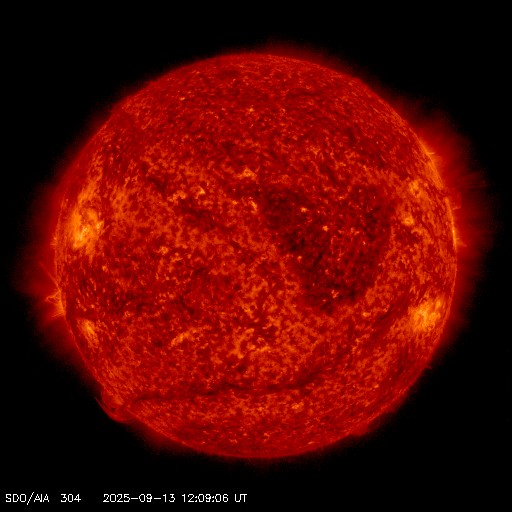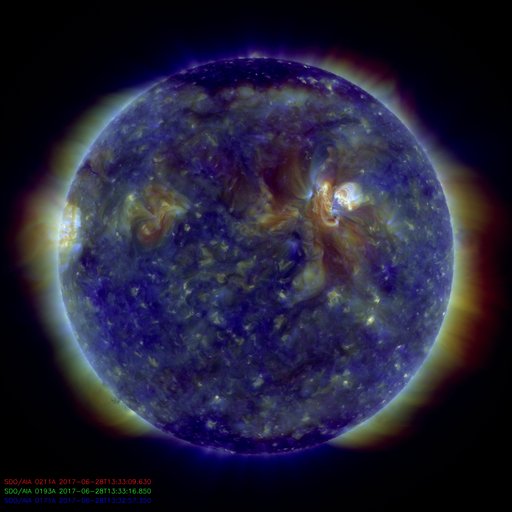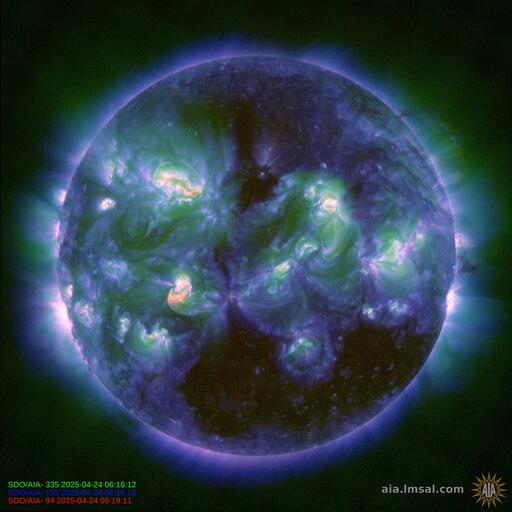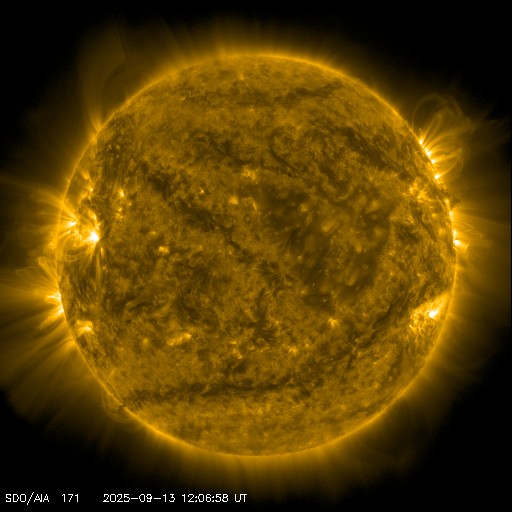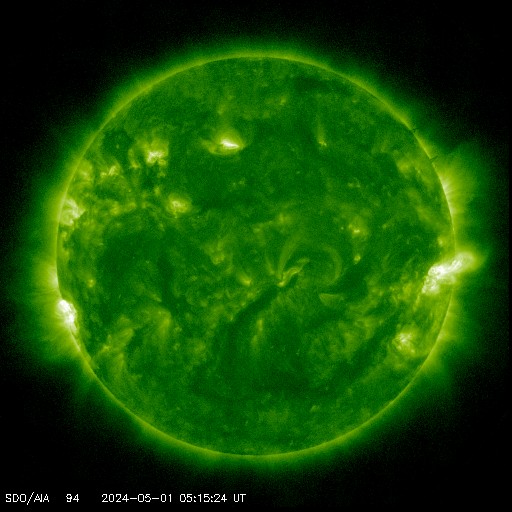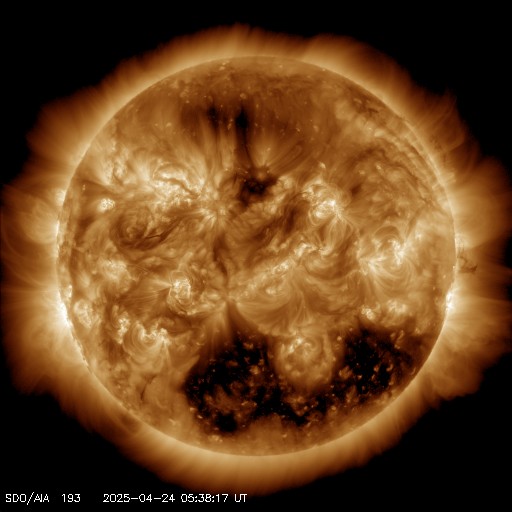The CME that erupted on April 23, 2012 along with the C2.0 solar Flare from plage Region 1461 (N10W19),(
link to "Earth Directed Full Halo CME" report), has arrived and is stirring up a NOAA scale G1, geomagnetic storm with solar winds near the 700km/s range. In the first image to the left we can see the drop in the electron flux as measured by the GOES satellites upon arrival. In the second image we see the deviation in the Boulder, CO magnetometer at the onset of this CME.
Space Weather Message Code: ALTK05
Serial Number: 685
Issue Time: 2012
Apr 26 0245 UTC
ALERT: Geomagnetic K-index of 5
Threshold Reached:
2012 Apr 26 0240 UTC
Synoptic Period: 0000-0300 UTC
Active Warning:
Yes
NOAA Scale: G1 - Minor
Potential Impacts: Area of impact primarily
poleward of 60 degrees Geomagnetic Latitude.
Induced Currents - Weak power
grid fluctuations can occur.
Spacecraft - Minor impact on satellite
operations possible.
Aurora - Aurora may be visible at high latitudes, i.e.,
northern tier of the U.S. such as northern Michigan and Maine.
Continue to check back for updates as the storm progresses.

